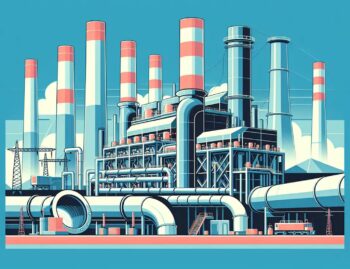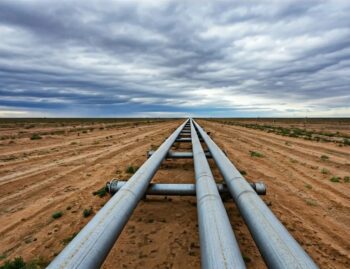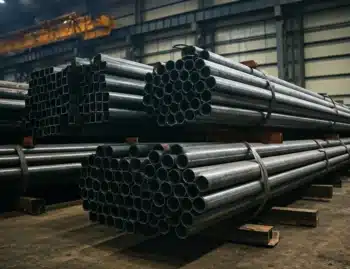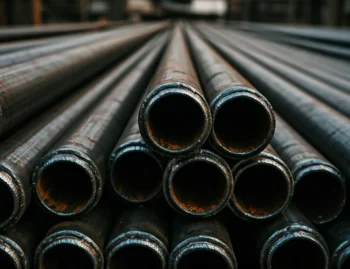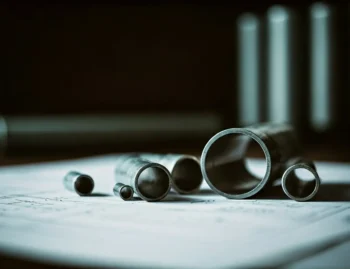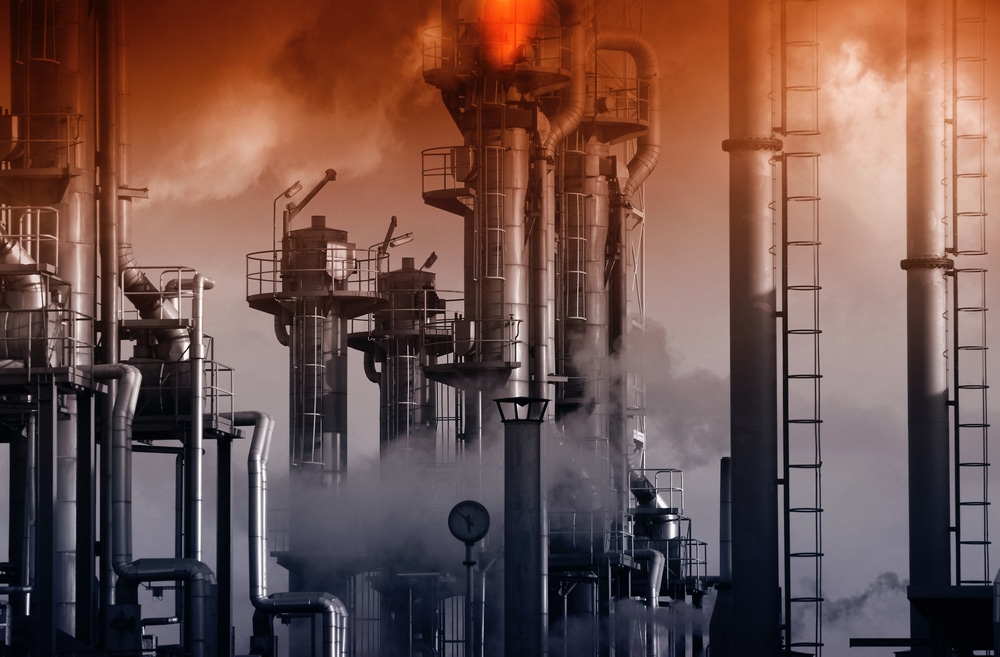
The oil and gas industry is a crucial component of a well-functioning economy, and it’s stainless steel that plays an essential part in keeping this industry running worldwide. Steel pipes are used to transport oil, gas, and other important liquids safely and efficiently. Unlike most other materials, it is strong, durable, and resists corrosion. This makes it a top choice for petroleum providers.
As the oil and gas industry continues to evolve, advances in technology and the new development of new building materials have helped steel use become even more effective and reliable. In the coming years, steel is likely to become even more pivotal to help the oil sector progress.
Steel Pipes
Many steel pipes are specifically designed for use in the oil and gas industry. Due to their extensive range of benefits during the transport of hazardous materials, crude oil, and natural gas, they play a key role in the transfer of products.
However, not all steel pipes are exactly the same. Each type has its own unique type of characteristics and advantages. Stainless steel, duplex steel, and steel alloy have all been used in this sector for different reasons. Stainless steel is often used for flow lines, structural components, and heat exchangers. Its resistance to corrosion in water makes it also indispensable during deep-sea drilling and oil rigs in water-based environments.
Duplex steel is a blend of two types of stainless steel. This makes it even more durable and able to oppose decay, cracks, and leaks. It’s an ideal material for storage tanks and pressure wells containing sensitive substances.
Steel Alloy is mixed with carbon, nickel, iron, copper, or other elements. The nature of this product allows it to fight high temperatures and remain strong during intense pressure and in a rough environment. It’s commonly used in drill bits, tools, and processing equipment.
Each type of steel is instrumental in the smooth functioning of the oil and gas sector. Without its top-notch qualities, the transfer of products and manufacturing of goods would be near impossible.
The Evolution
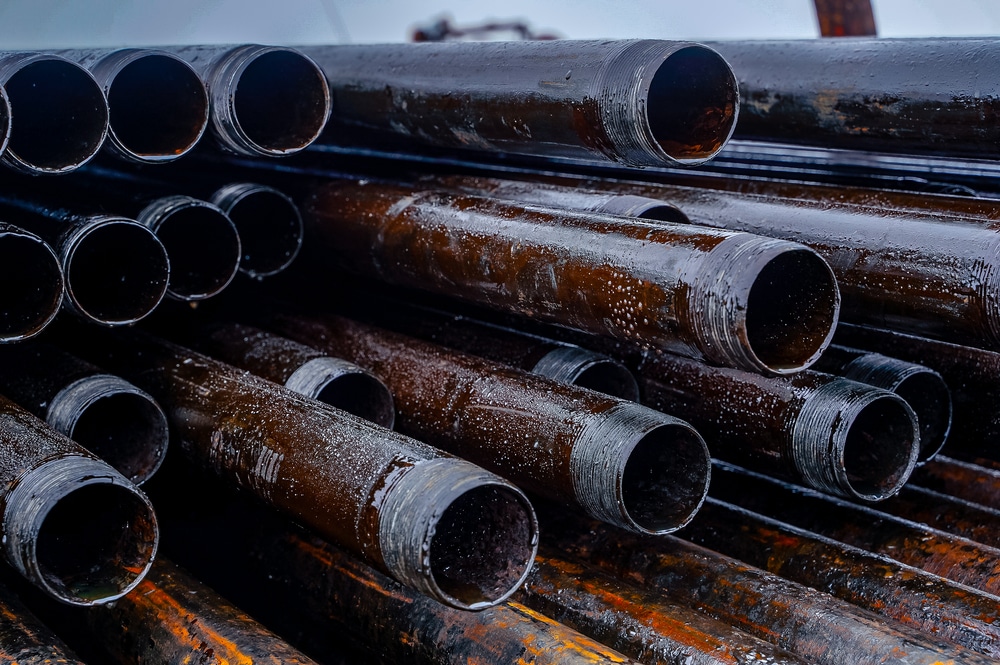
Steel has been used for oil and gas transport and acquisition in North America since 1859. This was the time that drilling pipes had started to develop in order to extract oil. By 1908, a pipeline in now western Iran was built across nearly 210 km to transport crude oils. Only two years later, Henry Williams began the use of drilling rigs on the Californian coast, the first of the United State’s offshore drilling sites.
By the 1960s, steel pipes were being used to discover oil in unlikely places and mine much greater quantities of it at a time. In 2009, steel drilling has helped make it possible to find oil in rock formations, leading to a major increase in oil production for the American economy.
A Deep Dive
Steel drill pipes are still frequently used to transfer oil and gas, especially during the drilling and extraction process. First, a drill is used to create a hole in the steel pipe. Then, an extractor is used to withdraw the oil from the pipe, often using a spear or sucker rod. Once the oil is removed, it’s transferred to a storage tank to be processed and later transported.
However, the oil and gas industry is not without its concerns. Extraction is often in hostile environments like the sea, and machinery needs to be in top shape to avoid leaking toxic chemicals or injury. Corrosion is a high concern during every stage of the process.
This is one of the main reasons that steel piping is rapidly growing in the oil and gas sectors. Piping technology must stay up-to-date with the best technology and new developments in order to ensure the safety of the workers and environment.
The Benefits
Steel is popular for its wide range of benefits over other materials. Not only is it high strength, relatively lightweight, and resists corrosion, but it also is easier to weld and stays relatively maintenance-free for a long period of time. Its ability to withstand high pressure and temperatures, as well as its lifespan underwater, makes it ideal for the movement of products in oil and gas worldwide. Its trustworthiness has been put to the test and regularly meets the mark.
The steel pipe industry is constantly changing to meet the needs of other sectors by using new technologies and blends of materials. For example, stainless steel and polyethylene blends can provide even greater corrosion resistance than on its own. New laser welding technology is helping create more precise welds and robotic machinery can even further perfect the finished pieces.



